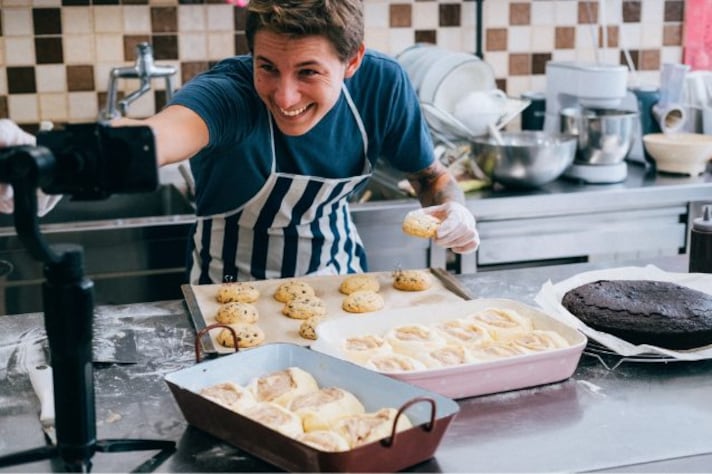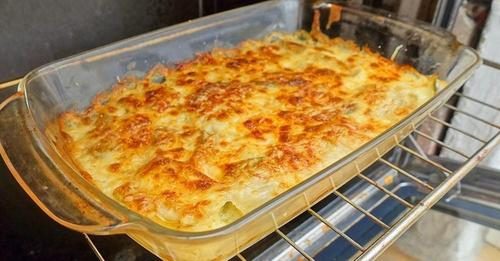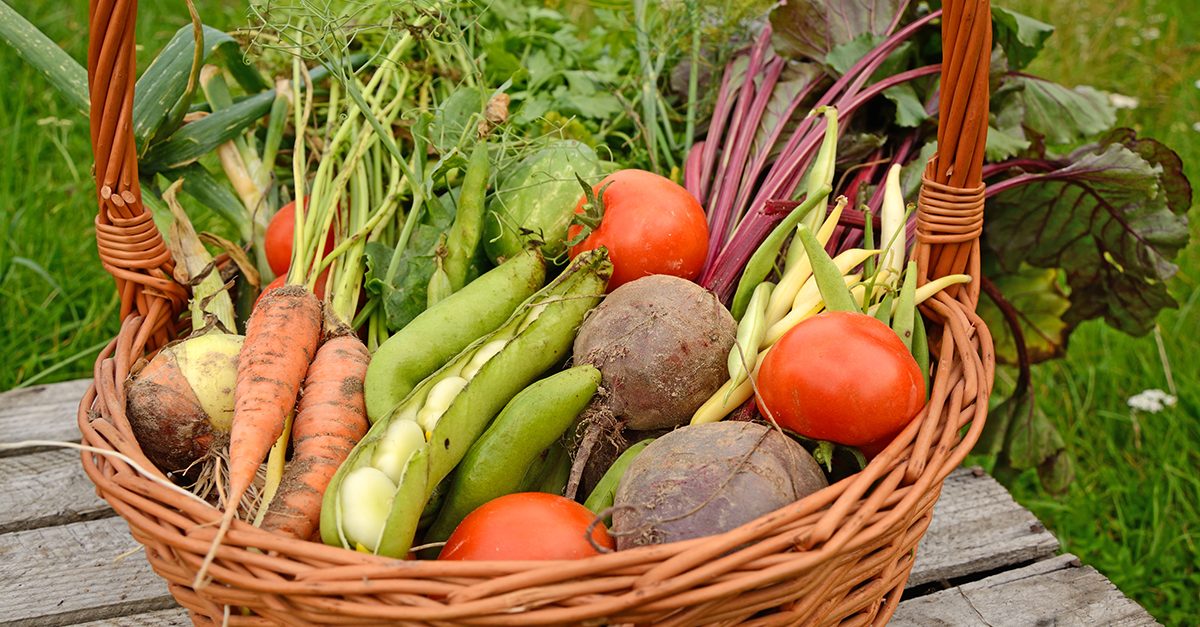Food Bloggers Vs. Food Vloggers: What Are The Differences Between the Two?
Bloggers use written content and photos to create detailed recipes and reviews on their blogs, while vloggers use video platforms like YouTube and Instagram to share dynamic, visually engaging food content. While both engage audiences and share food experiences, their methods and tools set them apart.

Social media has revolutionized the way we interact with food, look for recipes, and even find places to eat when visiting a new town or country. This transformation is all thanks to food bloggers. Or is it food vloggers? Hmm, which one is the right one? Aren't they one and the same? No, actually!
What is a Food Blogger?
A food blogger primarily uses written content to share their culinary adventures, recipes, and restaurant reviews. They often maintain a dedicated blog where they post detailed articles accompanied by high-quality photos. These blogs are rich in content, offering step-by-step recipes, tips, personal anecdotes, and even historical backgrounds of dishes. Food bloggers usually focus on SEO to reach a wider audience through search engines. Their posts are meticulously crafted to engage readers, provide valuable information, and inspire culinary creativity. The essence of a food blogger’s work lies in their ability to tell a story through words and images, making readers feel like they are part of their culinary journey.

What is a Food Vlogger?
In contrast, a food vlogger uses video content to share their food experiences. Platforms like YouTube, Instagram, and TikTok are their primary playgrounds. Food vloggers create engaging videos where they cook recipes, review restaurants, or explore food cultures. Their content is dynamic, visually stimulating, and often includes music, voiceovers, and on-screen text. Food vloggers focus on the visual and auditory experience, making viewers feel like they are right there in the kitchen or at the restaurant with them. Their videos are typically edited to include close-ups of the food, step-by-step cooking processes, and personal interactions, adding a layer of immediacy and intimacy that written content can’t always capture.
Similarities and Differences
While both food bloggers and vloggers share a passion for food and aim to educate and entertain their audience, their mediums and methods differ significantly. Food bloggers rely on the written word and photography to convey their message, allowing for detailed explanations and a leisurely pace that readers can digest at their own speed. In contrast, food vloggers harness the power of video to create a more immediate and immersive experience. Videos can quickly show techniques and convey enthusiasm in ways that words sometimes struggle to match.

Despite these differences, both bloggers and vloggers need to have a good understanding of their audience, solid content creation skills, and a knack for storytelling. They both build communities around their content, interact with their followers, and often collaborate with brands. However, the tools they use and the way they present their content set them apart. Bloggers might spend hours writing and photographing a single post, while vloggers might spend the same amount of time filming and editing a video.
In essence, the choice between blogging and vlogging comes down to personal preference and skills. Some food enthusiasts may thrive on writing and photography, while others may prefer the dynamism of video production. Both forms have their unique charm and serve the shared goal of celebrating and sharing the joy of food.
;Resize,width=767;)
;Resize,width=712;)

;Resize,width=712;)
